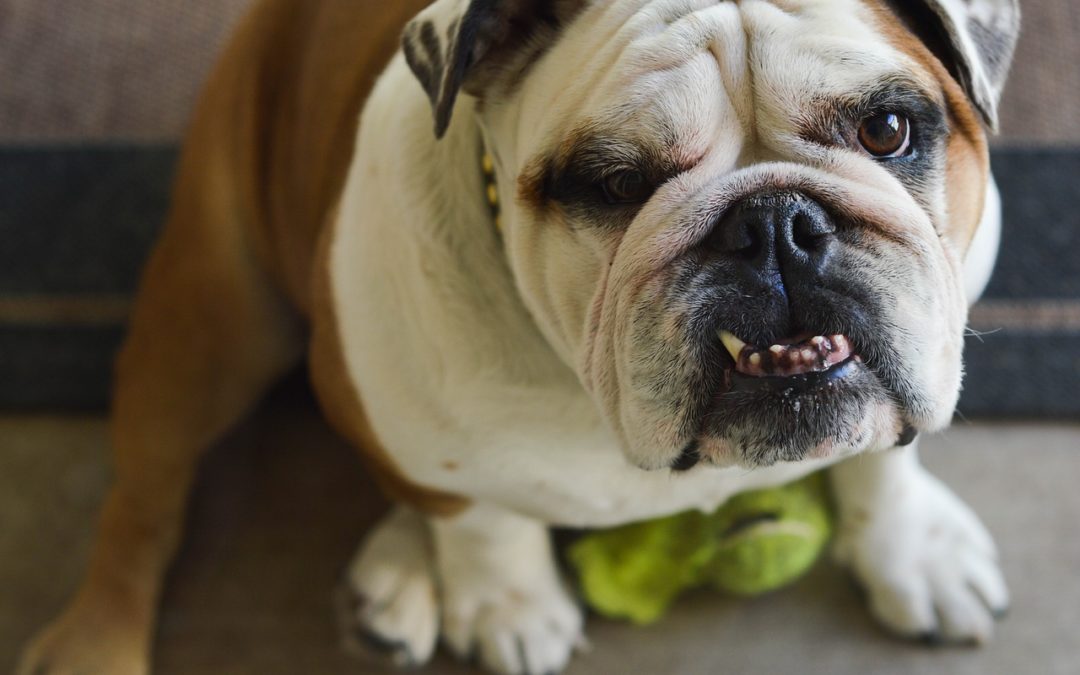Signs of oral and dental diseases in dogs and cats:
– Bad breath
– Loose teeth or teeth that are discolored or covered in tartar
– Your pet shies away from you when you touch the mouth area
– Drooling or dropping food from the mouth
– Bleeding from the mouth
– Loss of appetite or loss of weight (this combination can result from diseases of many organs, and early veterinary examination is important)
Anesthesia Free Dental Cleanings / Non-Anesthetic ‘Dentals’
Anesthesia free dental procedures are not able to clean beneath the gum line to prevent periodontal disease, nor are they able to look beneath the gum-line to identify problems before they become painful and expensive to treat. When choosing your pet’s dental care, it’s important to learn about a comprehensive veterinary dental cleaning, also known as a professional dental cleaning, and its long-term benefits for your pet’s overall health. You can click here for more information.
Plaque and Tartar Control
Prevention of the most common oral disease in pets (and in people!) consists of frequent removal of the dental plaque and tartar that forms on teeth that are not kept clean. The Veterinary Oral Health Council (VOHC) awards its Seal of Acceptance to products that successfully meet pre-set criteria for effectiveness in controlling plaque and tartar deposition in dogs and cats. The VOHC is an entity of the American Veterinary Dental College. If you would like information on products that will help control deposition of dental plaque and tartar on the teeth of your pet, click Veterinary Oral Health Council.
February is National Pet Dental Health Month!
Find more resources from the American Veterinary Medical Association by clicking here.
Plus additional resources from the American Veterinary Dental College by clicking here.






